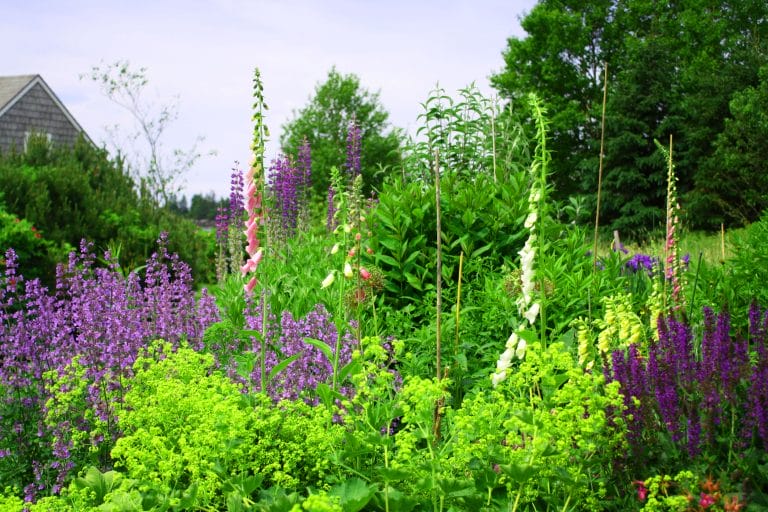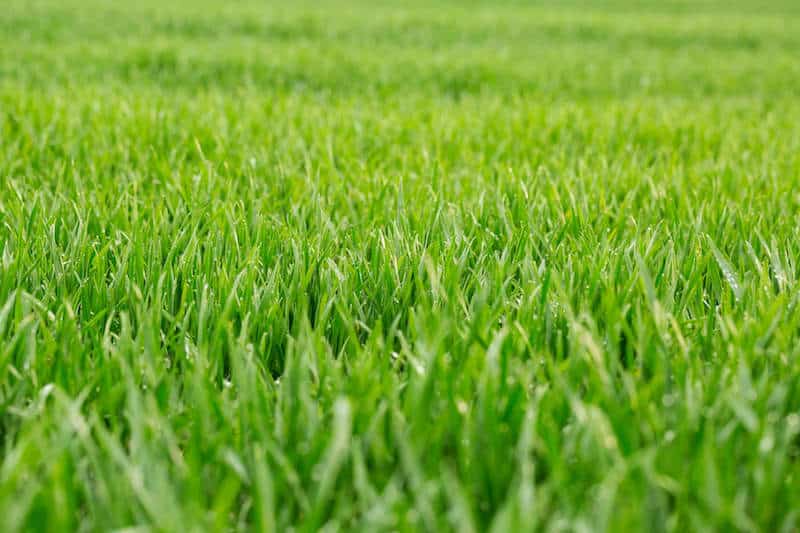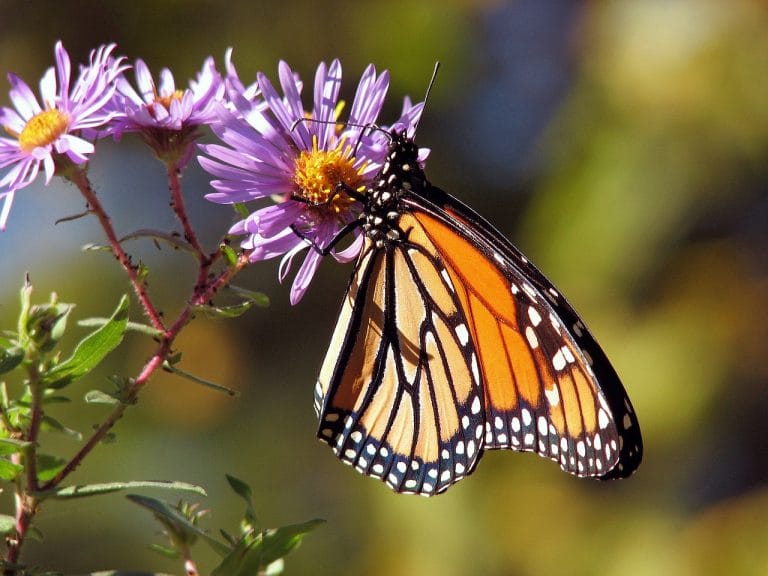
- Monday-Friday 7AM – 5PM | Saturday 7AM - 5PM | Sunday: 8AM - 4PM
Menu

With melting snow and warmer weather, lawns of grass are now waking up from dormancy, showing signs of summer’s green. To ensure an even, lush lawn of deep green, spring is the time to proactively invest in your turf, giving it the best shot at health during the growing season. A little bit of effort really can go a long way when it comes to your lawn, and a healthy lawn is what will tie your whole landscape together. While it may be an afterthought, protecting your lawn will be protecting the investment in your landscape.
Fertilize
As described by Michigan State University’s Extension, “once soil temperatures begin to warm in spring, grass roots break dormancy and begin growth well before the grass blades start to green up. Turf root system development in early spring is critical for grass health. Deeper roots that form in spring help the vigor of the turf during summer’s hot and droughty conditions. Fertilizing in early spring can encourage lush top growth at the expense of root growth.” For this, we recommend using Award Crabgrass Control Preventer and Fertilizer, which we carry in stock.
Aerate
“Aeration is a mechanical process that involves pulling out soil cores to reduce soil compaction and allow for air, water and nutrients to penetrate the grass roots. Aerating your lawn helps the grass roots grow deeply and produce a stronger, healthier lawn and provides better seed-to-soil contact when combined with overseeding,” as explained by University of Minnesota Extension. You can find aeration machines at many rental stores or home improvement stores for purchase.
Topdress
Cornell University details the process as, “topdressing is the application of a uniform thin layer of soil or finely granulated organic materials applied over the turf surface. It is used to level the playing field when minor variations or depressions are apparent, help to amend physical soil properties and create a better growing environment for the turf and help reduce thatch.” We recommend using our black compost. Try applying a minimum quarter inch, maximum half inch, to your turf’s surface, without smothering the lawn.
Re-seed
“Overseeding after aerating is a great way to thicken a lawn and fill in bare spots. It is also a great way to introduce a new grass species if your current one is not what you are wanting,” as informed by University of Illinois Extension. This works in tandem with topdressing, giving seed the best opportunity to make contact with the lawn’s original soil. “An essential part to getting seed established is providing the seed with enough moisture to germinate. Regular watering is essential for about two weeks; it is sometimes necessary to water at least once or twice a day.”
By following these steps and guidelines, you’ll be setting your lawn up for success and a healthy year of growth. The spring is a critical time for lawns to establish their root systems, which sets the tone for how a yard will fare through the year. We can’t control nature, but we can control how we prepare for the year. Periods of drought are becoming more and more regular, and as such a healthily maintained lawn will be less likely to succumb to less than ideal conditions.
Links:
https://www.canr.msu.edu/news/when_should_i_fertilize_my_lawn_during_spring
https://extension.umn.edu/yard-and-garden-news/fall-maintenance-tips-healthier-spring-lawn
https://extension.illinois.edu/blogs/good-growing/2020-09-10-lawn-aeration-and-overseeding
http://safesportsfields.cals.cornell.edu/topdressing

In an era where sustainability is more than a buzzword, Whispering Hills Garden Center

June is National Pollinator Month, a perfect time to celebrate the essential role pollinators

As the weather warms up, spending time outdoors becomes more appealing. However, with the
**IMPORTANT** Non e-commerce prices listed on various pages of this site, may not reflect the most up-to-date prices. Call to verify prices before coming in.